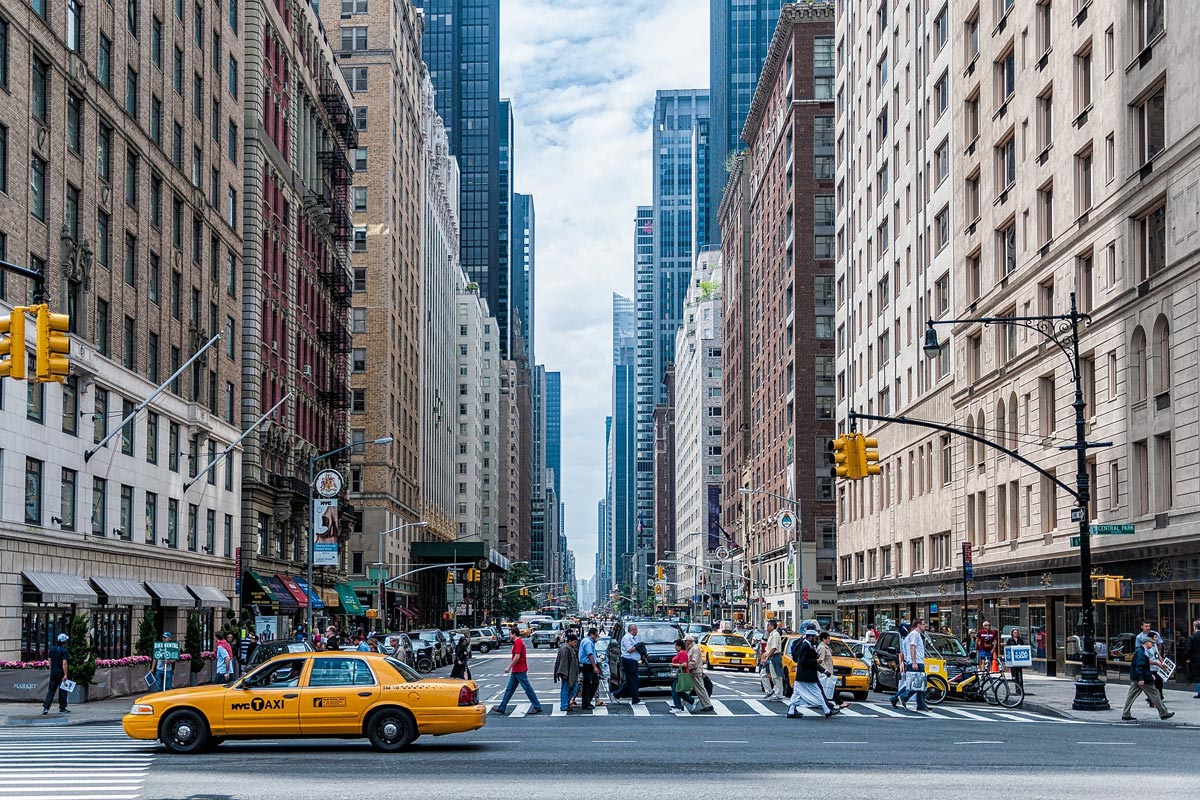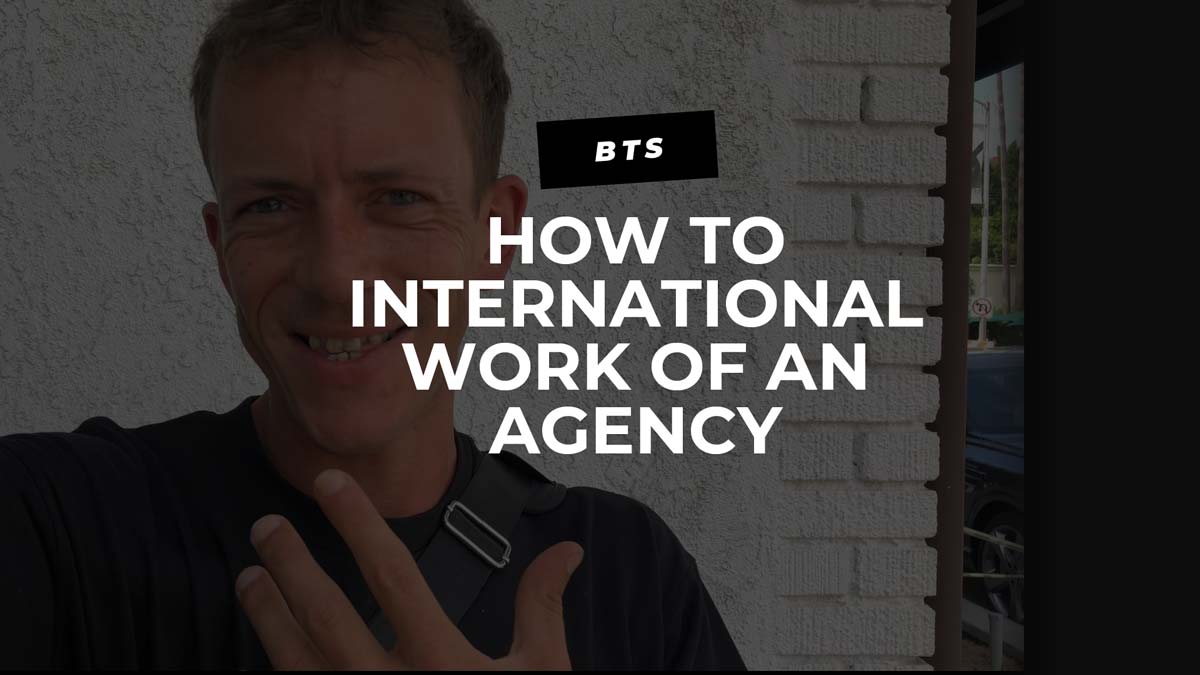How to Become a Model in New York – Big vs Small Market
You have been told by all of your friends and relatives, and more than a few strangers, how beautiful you are and that you should be a model. After some thought, you decide that modeling could be an easy way to make some extra money on the side, and who knows, maybe you get lucky and can turn it into a full-time job or even a career.
You know that all of the biggest names and many of the biggest shows in modeling are located in New York. You are vaguely aware that market sizes exist and that they can affect how you go about pursuing a modeling career. Unfortunately, that is where your “expertise” ends. That is why we have this handy little guide to help you understand what it takes to become a model in the largest, if not most prestigious, market in the modeling industry: New York.
Big vs Small Market: How to Become a NY Model
At its most basic, the primary difference between large and small markets is population. Cities that qualify as a metropolis—those cities housing over one million people in the “city proper” and surrounding suburbs—fit this bill. Though, when it comes right down to it, the fundamentals of a model in any part of the world will generally be the same with a handful of regional or local idiosyncrasies, a larger market can definitely alter the cultural and institutional makeup of an industry’s job market.
Competition! Advantages and Disadvantages for Models in New York
Advantages of a Big Market like New York:
- Exposure
You simply will not receive the same degree of exposure to other prospective future employers in a small market. Generally, smaller markets only offer commercial modeling opportunities. If you want to make a name for yourself, your only real option is to work in a big market. - Opportunity
This one is fairly intuitive. A larger market has a larger demand for the same services. Working in a big market will simply provide more job opportunities in gross. The sheer number of advertising, editorial, and other marketing or content producing agencies in a big market create a larger demand for models. - Money
This follows the previous two. Now, keep in mind, there are plenty of low-paying modeling gigs at every level and market. However, with so much demand and wider-reaching platforms, big markets are likely to have the biggest compensating jobs available.
Disadvantages of a Big Market:
- Competition
Not only will you have to compete for the same jobs with more people, many of them will have traveled to big markets for the same reason as you—better modeling gigs. This means that not only is the number of competition inflated, the quality of the competition is also tougher as well. - Scams
In smaller markets, where there are fewer opportunities for models to find work, there are subsequently fewer scams. Moreover, once an organization is discovered to be a scam, it is far harder to hide that fact in a small market. Unfortunately, with so many opportunities abound, it is easier for scammers to hide amongst the bustle and target naïve or new potential models. - Criteria
With a glut of potential models, employers in big markets are able to have their “pick of the litter,” so to speak. This means that the standards for potential models become inflated with the inclusion of more competition. Thus, someone who may be a great candidate for modeling in a small market may not find the same opportunity in a bigger one.
You feel ready now? Go on with Steps to Becoming a Model in a Big Market like New York











Leave a Reply
Want to join the discussion?Feel free to contribute!